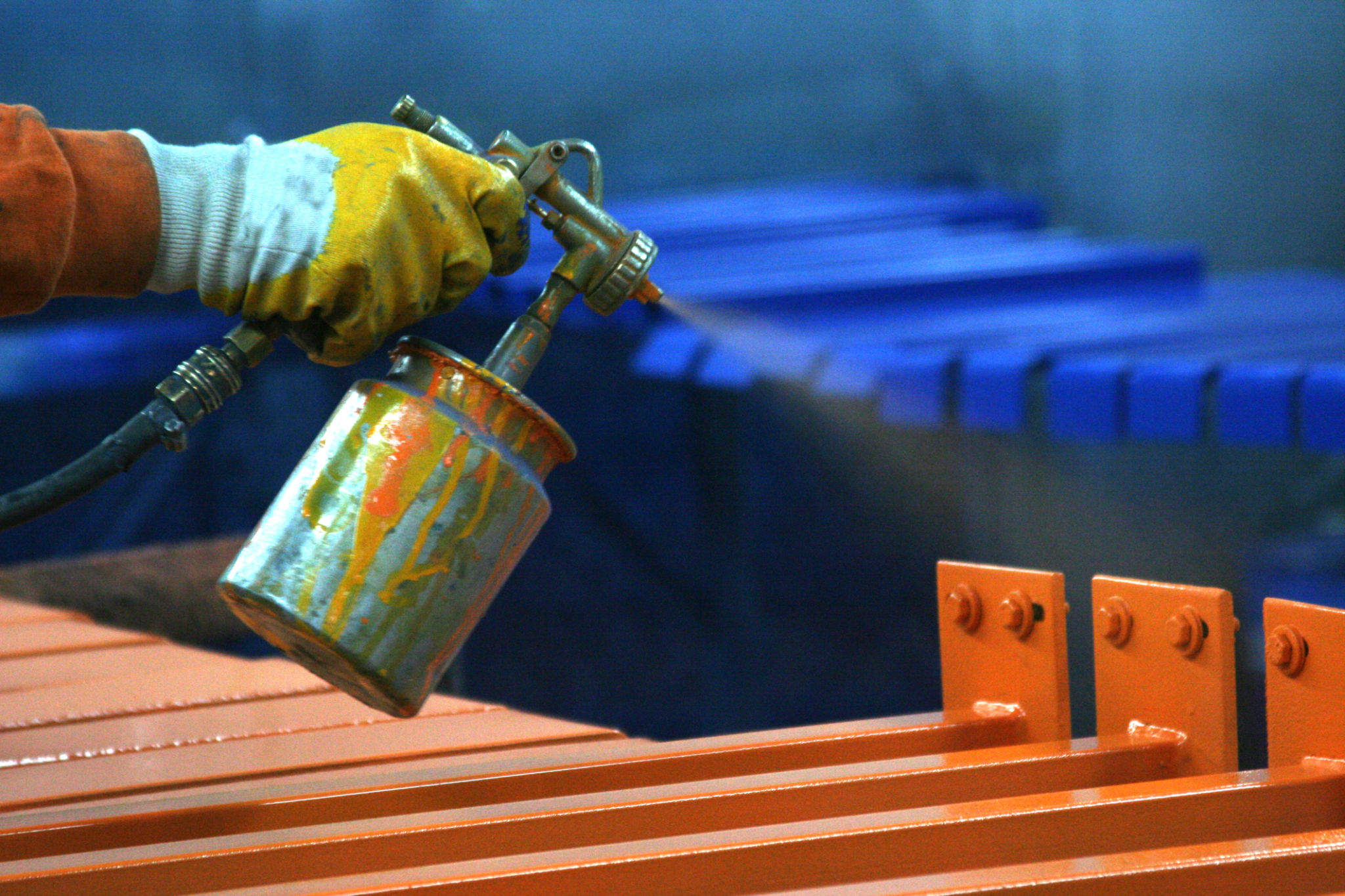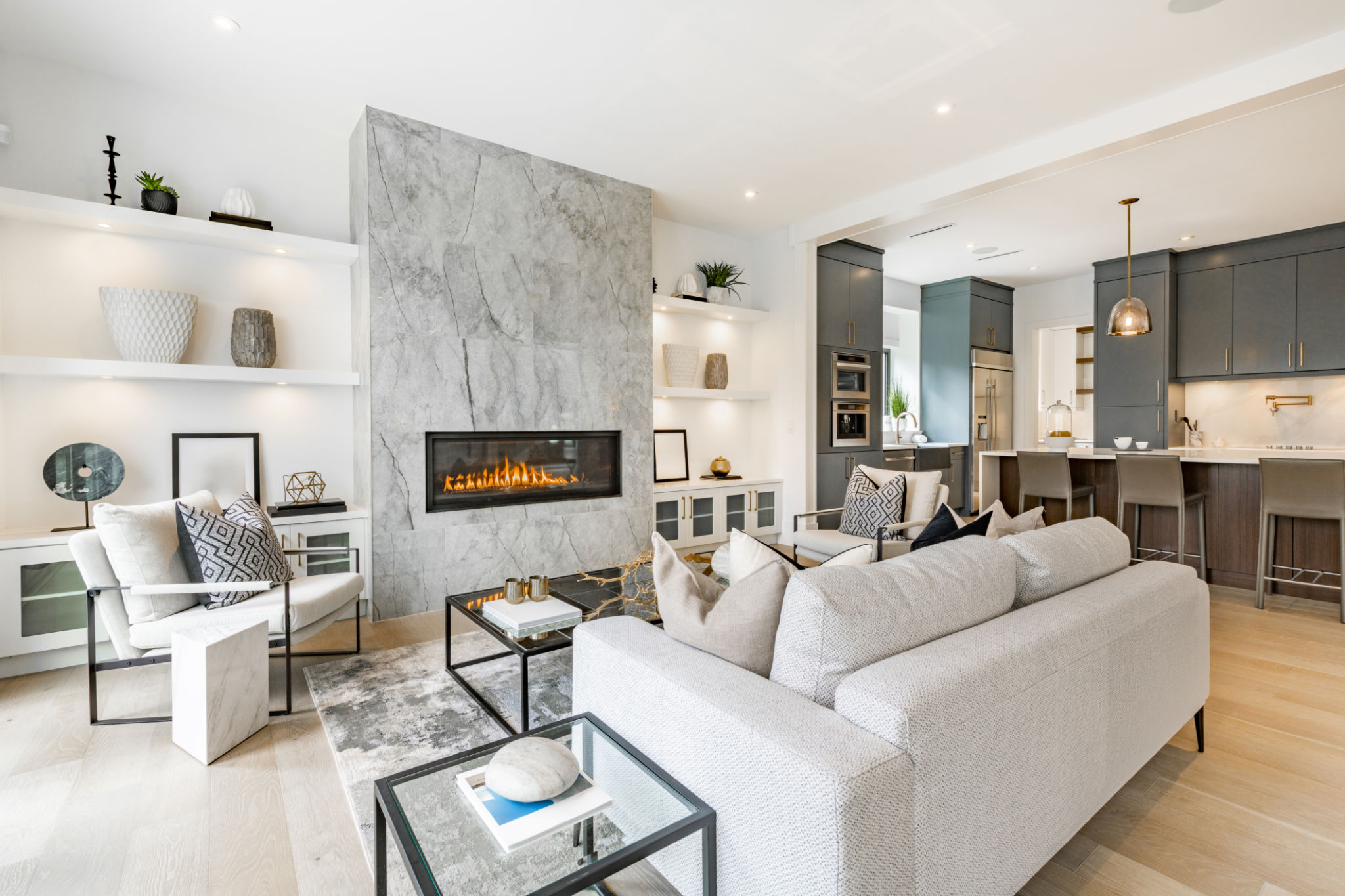Air-Purifying Paint: The Future of Healthy Home Design
Understanding Air-Purifying Paint
In the quest for healthier living environments, air-purifying paint emerges as a groundbreaking innovation. This type of paint not only adds color to your walls but also purifies the air inside your home. As concerns about indoor pollution grow, this product offers a promising solution for maintaining a healthy atmosphere indoors.
Air-purifying paints work by breaking down harmful pollutants and converting them into harmless substances. They target volatile organic compounds (VOCs), which are commonly found in household products and can contribute to indoor air pollution. The paint contains special additives that react with these pollutants, effectively neutralizing them.

How Does Air-Purifying Paint Work?
The science behind air-purifying paint is quite fascinating. It involves a photocatalytic process, where light triggers a chemical reaction in the paint that breaks down pollutants. Titanium dioxide is a key ingredient in these paints, acting as a catalyst to speed up the reaction when exposed to light, converting VOCs into water and carbon dioxide.
This technology ensures that as long as there is light in a room, the paint continues to purify the air. It acts as a continuous air filter, providing benefits long after the initial application. This makes it an ideal choice for areas with limited ventilation or for those who suffer from allergies and respiratory issues.
Benefits of Using Air-Purifying Paint
Choosing air-purifying paint offers a variety of benefits beyond just improving air quality. Here are some advantages:
- Healthier Living Spaces: By reducing VOCs and other pollutants, it creates a safer environment for families.
- Odor Reduction: This paint can help neutralize unpleasant odors, keeping rooms smelling fresh.
- Eco-Friendly Option: Many air-purifying paints are formulated with sustainability in mind, using fewer harmful chemicals.

Applications and Versatility
Air-purifying paints are versatile and can be used in various settings. They are suitable for residential homes, offices, hospitals, and schools. In homes, they are particularly beneficial in bedrooms and living areas where families spend most of their time.
Besides walls, these paints can also be applied to ceilings and other surfaces, ensuring comprehensive coverage and purifying capabilities throughout the space. This adaptability makes them a valuable addition to any healthy home design strategy.
Choosing the Right Air-Purifying Paint
When selecting air-purifying paint, consider factors such as coverage area, durability, and color options. It's essential to choose a product that fits your aesthetic preferences while still providing the air-purifying benefits you desire.
Check for certifications or tests that verify the paint's effectiveness in reducing pollutants. Brands that invest in research and development often provide detailed information about their product's capabilities, helping you make an informed decision.

The Future of Home Design
The integration of air-purifying paint into home design represents a significant shift towards sustainability and health consciousness. As awareness of indoor air quality grows, more homeowners and designers are expected to adopt these innovative solutions.
This trend is likely to lead to further advancements in paint technology, offering even more effective options for maintaining healthy indoor environments. Investing in air-purifying paint today not only enhances your current living conditions but also positions your home for future sustainability trends.
Conclusion
Air-purifying paint is more than just a decorative choice; it's a commitment to healthier living. By incorporating this technology into your home design, you can enjoy cleaner air, reduced odors, and contribute to an eco-friendly environment. As we move towards more health-conscious living spaces, air-purifying paints are set to become a staple in modern home design.
